 Department of Chemistry
Department of Chemistry
-
About
-
Research
-
Academics
-
People
-
Board
Seminar
Seminar
-
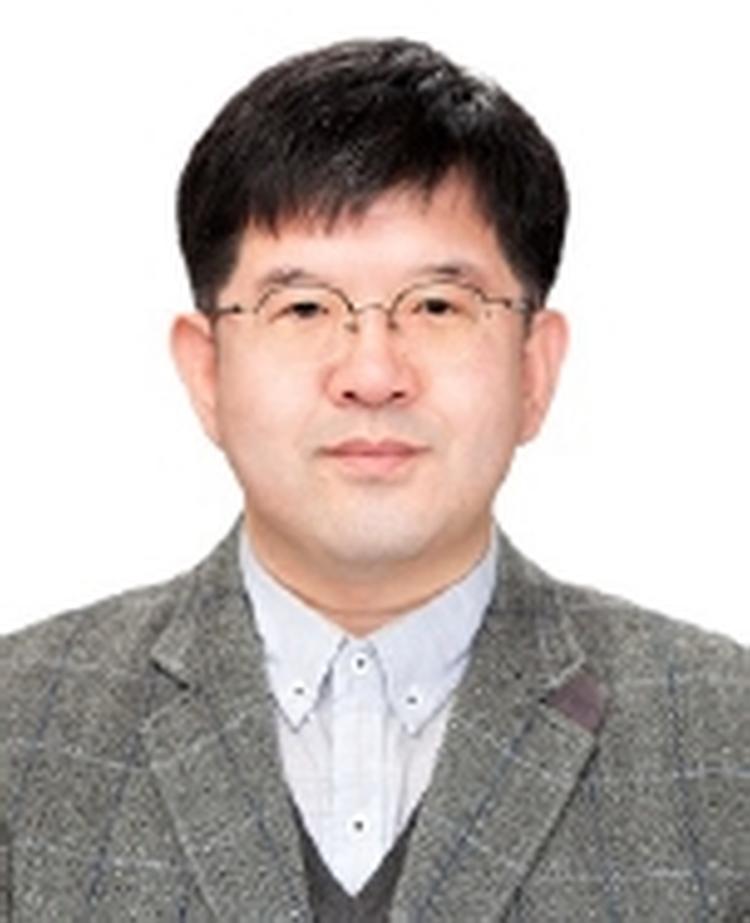
PEGylation Technologies for Better Protein Drugs
 2022년 3월 24일(목) 오후 4시 30분
2022년 3월 24일(목) 오후 4시 30분 Webex
Webex
- POSTED DATE : 2022-03-22
- WRITER : 화학과
- HIT : 2536
-
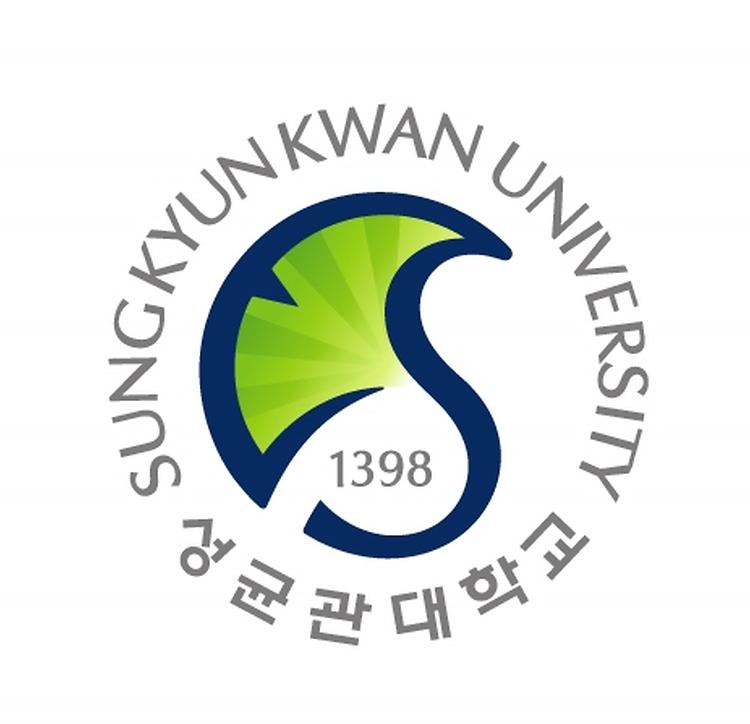
폴리우레탄용 CO2 유래 폴리올 제조 촉매공정 기술
 2022년 3월 10일(목) 오후 4시 30분
2022년 3월 10일(목) 오후 4시 30분 Webex
Webex
- POSTED DATE : 2022-03-04
- WRITER : 화학과
- HIT : 2584
-
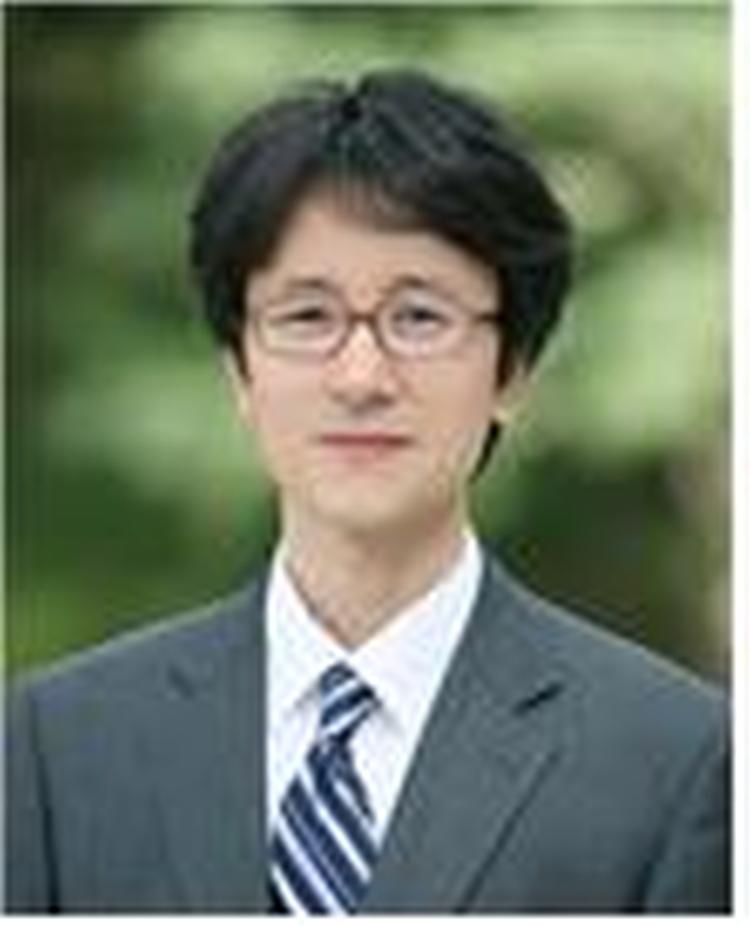
Recent Researches in VRFB Technology and Polymer Electrolyte Membrane for its Application
 2021년 12월 2일(목) 오후 4시 30분
2021년 12월 2일(목) 오후 4시 30분 Webex
Webex
- POSTED DATE : 2021-11-30
- WRITER : 화학과
- HIT : 3264
-
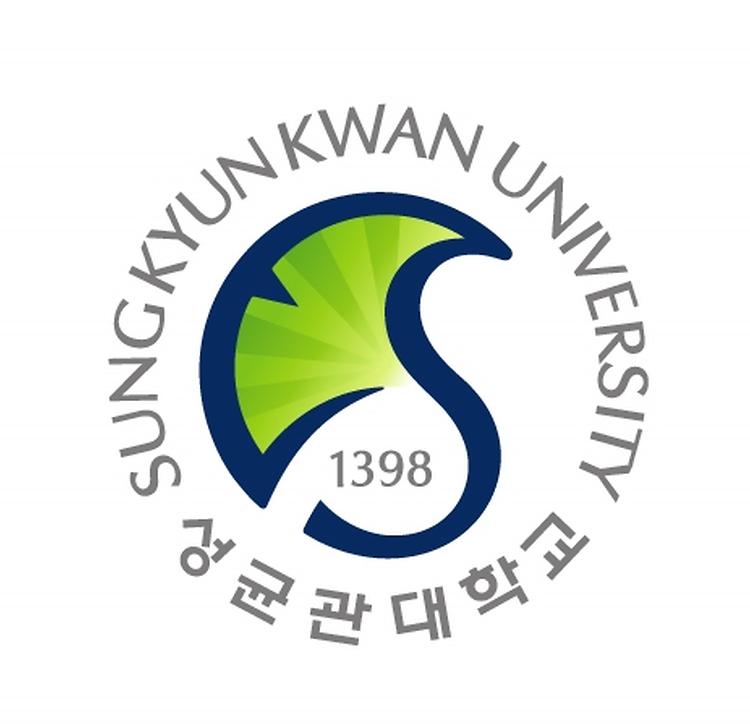
Multiscale-design of membrane-electrode-assembly for fuel cells and water electrolysis
 2021년 11월 25일(목) 오후 4시 30분
2021년 11월 25일(목) 오후 4시 30분 Webex
Webex
- POSTED DATE : 2021-11-24
- WRITER : 화학과
- HIT : 3033
-
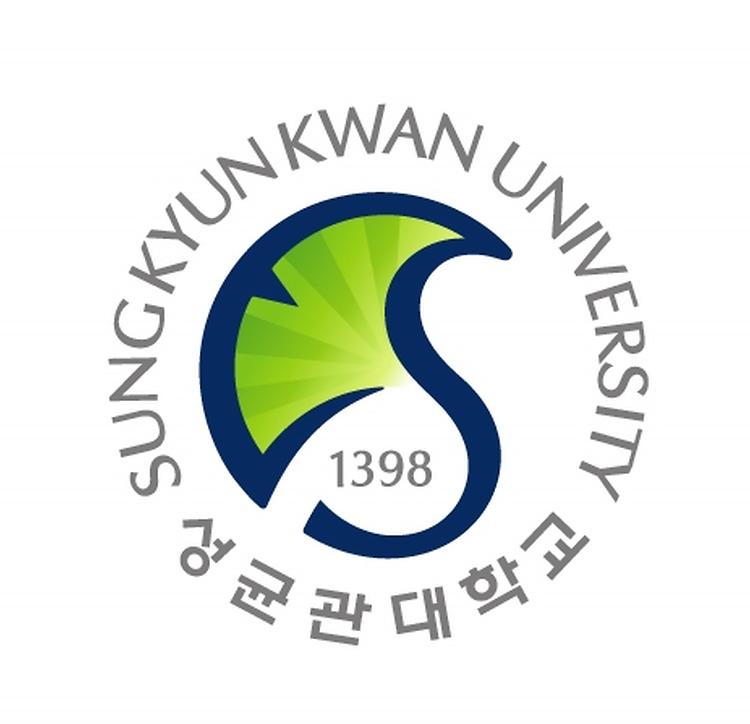
Harnessing reversibility in catalytic carbonylation and halogenation reactions
 2021년 11월 24일(수) 오후 4시 30분
2021년 11월 24일(수) 오후 4시 30분 Webex
Webex
- POSTED DATE : 2021-11-24
- WRITER : 화학과
- HIT : 2971
-
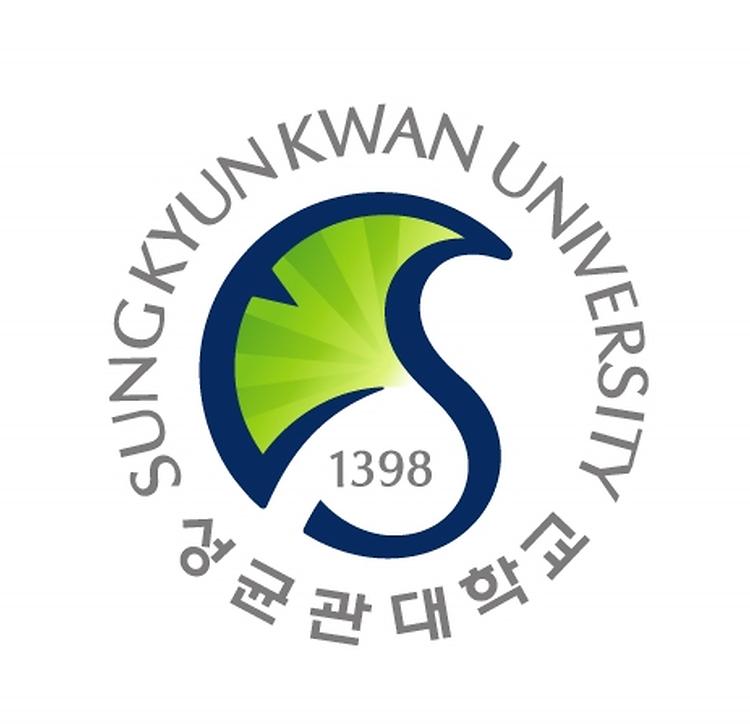
Metal acid balance adjustment on M/Zeolite catalysts and the synergistic catalytic performance in benzene hydroalkylatio
 2021년 11월 18일(목) 오후 4시 30분
2021년 11월 18일(목) 오후 4시 30분 Webex
Webex
- POSTED DATE : 2021-11-16
- WRITER : 화학과
- HIT : 2904
-
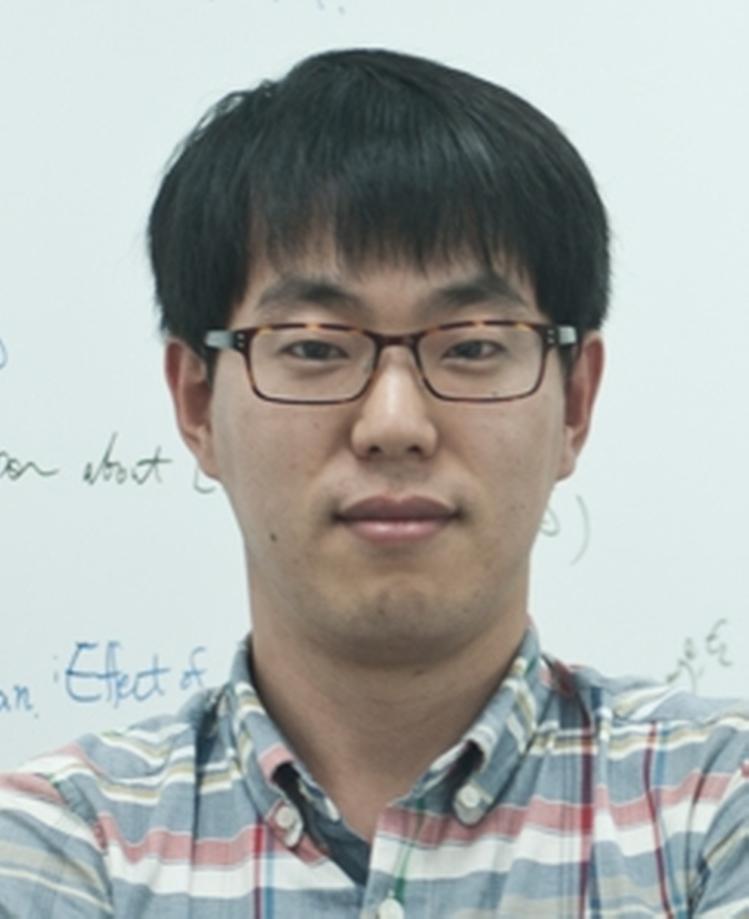
Excited state molecular dynamics simulations with pyUNIxMD
 2021년 11월 4일(목) 오후 4시 30분
2021년 11월 4일(목) 오후 4시 30분 Webex
Webex
- POSTED DATE : 2021-10-29
- WRITER : 화학과
- HIT : 3183
-
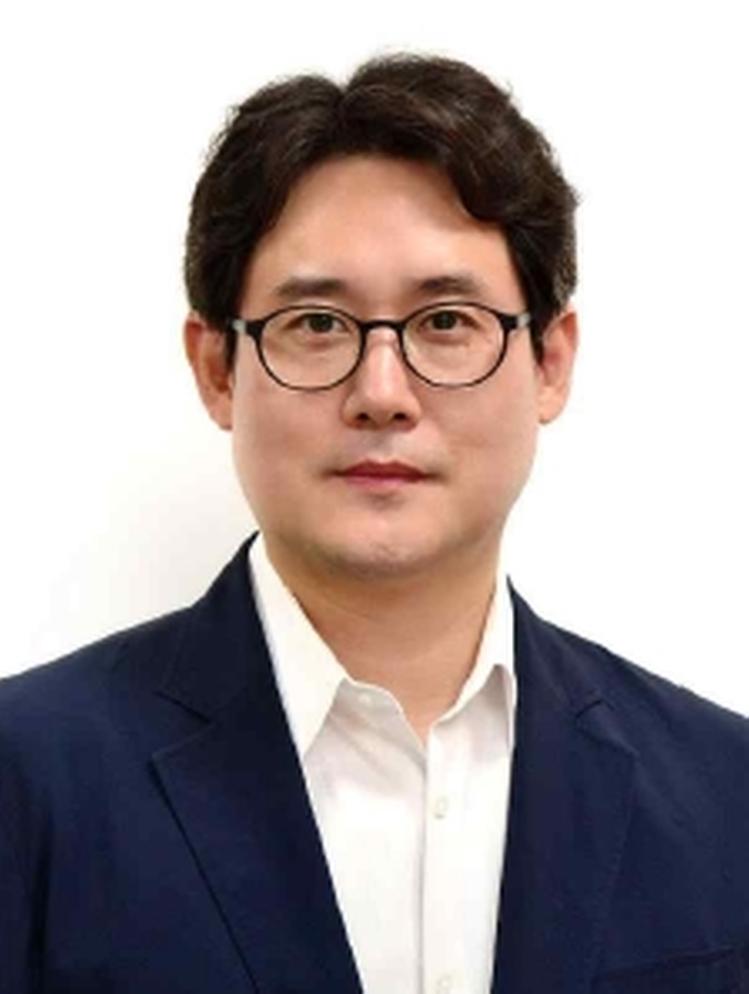
Energy Storage in Chemical Bonds for Realizing Carbon Neutrality
 2021년 10월 14일(목) 오후 4시 30분
2021년 10월 14일(목) 오후 4시 30분 Webex
Webex
- POSTED DATE : 2021-10-12
- WRITER : 화학과
- HIT : 2966
-
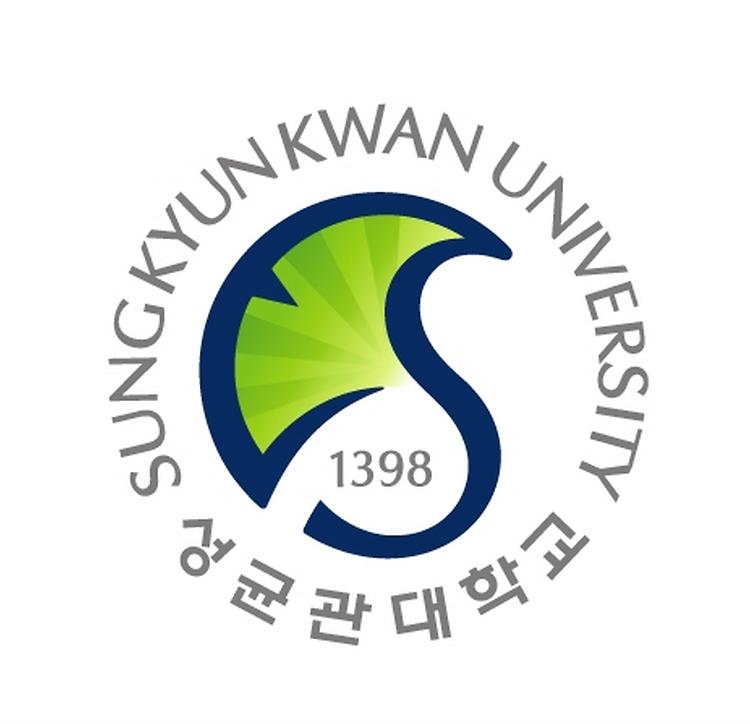
Machine-guided optimization to apply artificial intelligence to chemistry
 2021년 10월 7일(목) 오후 4시 30분
2021년 10월 7일(목) 오후 4시 30분 Webex
Webex
- POSTED DATE : 2021-10-05
- WRITER : 화학과
- HIT : 2876
-
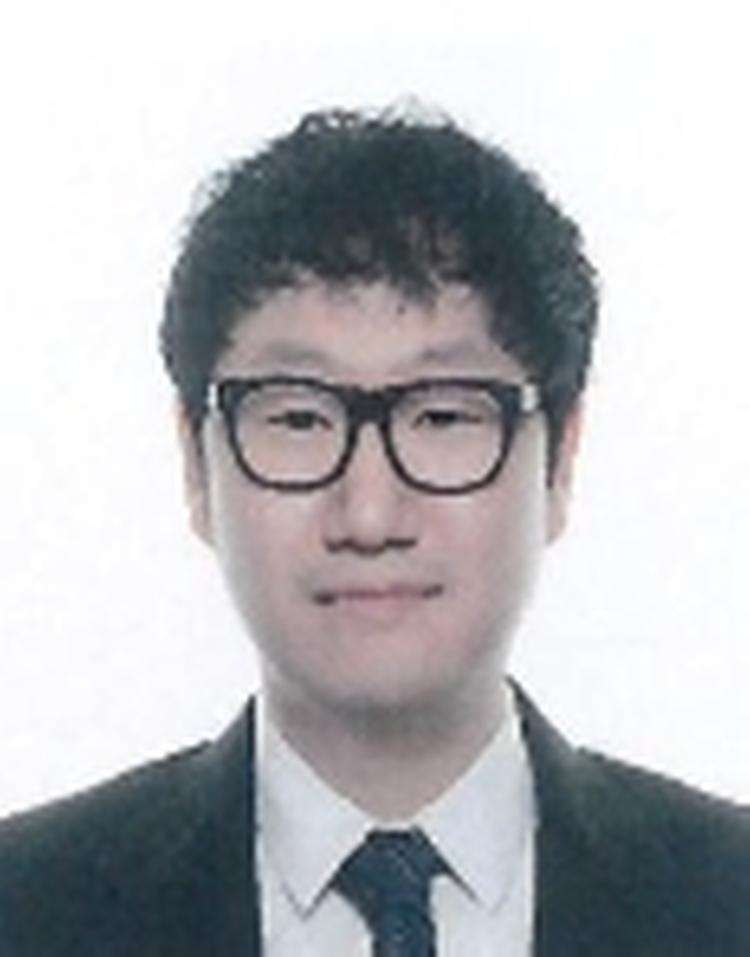
Chiral Phosphoric Acid-Catalyzed Asymmetric Control of P(III)-Stereogenic Center
 2021년 9월 30일(목) 오후 4시 30분
2021년 9월 30일(목) 오후 4시 30분 Webex
Webex
- POSTED DATE : 2021-09-29
- WRITER : 화학과
- HIT : 2942
 발전기금
발전기금



